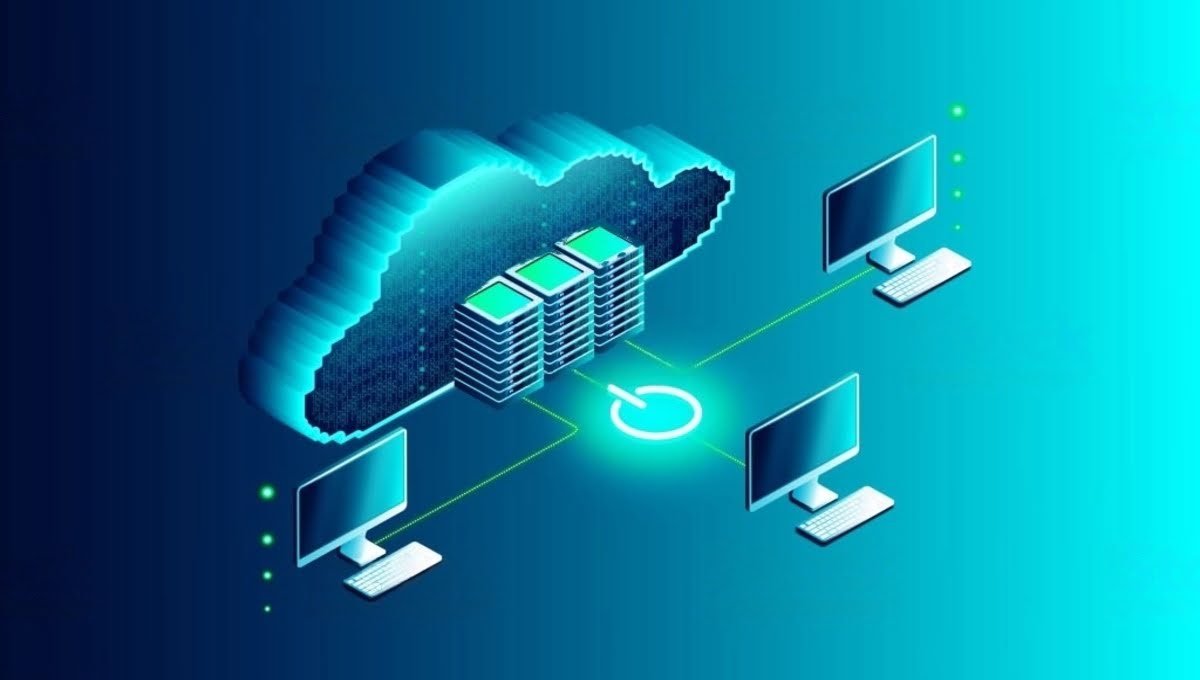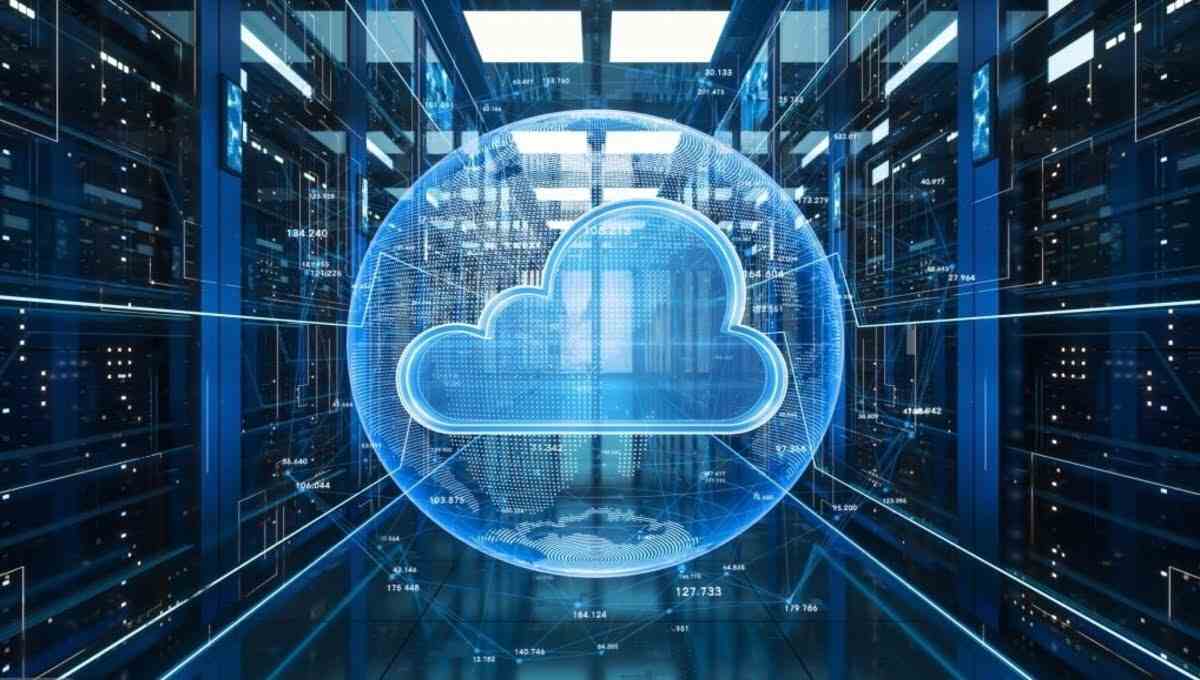CLOUD COMPUTING
What is multitenancy in cloud computing?

In the rapidly changing environment of cloud computing, multitenancy has emerged as a pivotal concept that revolutionizes the way resources are shared and utilized. With its ability to enhance efficiency, optimize costs, and promote scalability, multitenancy has become a fundamental architectural approach across various cloud services. In this article, we will delve into the depths of multitenancy in cloud computing, understanding its significance, benefits, and potential concerns.
Introduction to Multitenancy
Multitenancy is a foundational concept in cloud computing architecture. It revolves around the idea of a single software application or system instance serving multiple tenants or users. Each tenant operates within a seemingly isolated environment while sharing underlying resources. This innovative approach eliminates the need for separate physical infrastructure for each tenant, streamlining resource utilization.
Understanding Multitenancy
Multitenancy operates on the principle of resource sharing while maintaining tenant isolation. It is achieved through virtualization, or containerization, where each tenant’s data and configurations are separate, ensuring data security and preventing any interference between tenants. This approach enables providers to efficiently manage resources and enables tenants to customize their own environments.
Advantages and Disadvantages of Multitenancy in Cloud computing
Advantages of Multitenancy in Cloud Computing:
- Cost Savings: Sharing resources across multiple tenants allows cloud providers to offer lower costs compared to dedicated infrastructure. This makes cloud computing more accessible to a wider range of organizations.
- Efficiency: Multitenancy facilitates efficient resource utilization, minimizing waste and overhead costs. This translates to faster provisioning and scaling of resources for tenants.
- Scalability: Tenants can easily scale their usage up or down on-demand, without investing in their own infrastructure, offering flexibility and cost optimization.
- Agility: The development and deployment of new applications and services become faster due to the pre-configured nature of multitenant systems.
- Flexibility: Cloud providers can offer a broader range of service options, including pre-configured solutions and custom configurations, catering to diverse needs.
- Maintenance: Updates and maintenance are handled by the cloud provider, removing the burden from individual tenants and ensuring consistency across the platform.
Disadvantages of Multitenancy in Cloud Computing:
- Security Concerns: Data isolation and tenant segregation are crucial to prevent unauthorized access and ensure data privacy. Any security breach can affect multiple tenants simultaneously, raising risk concerns.
- Potential Performance Issues: Resource contention can occur if multiple tenants experience peak usage simultaneously, leading to performance bottlenecks and service interruptions.
- Limited Customization: Multitenant environments usually prioritize standardization and pre-configured settings, which might restrict individual tenant customization capabilities.
- Vendor Lock-in: Migrating data and applications out of a multitenant environment can be complex, potentially locking tenants into the specific provider’s platform.
- Compliance Challenges: Complying with specific data privacy regulations might require additional configurations or agreements within the multitenant environment.
Levels of Multitenancy
Multitenancy can be categorized into three distinct levels:
Shared Hardware
At this level, multiple tenants share the same physical hardware infrastructure. This is achieved through virtualization technologies, where each tenant’s workload is isolated on virtual machines.
Shared Database
Here, tenants share the same database system, but their data is logically separated. This level allows for efficient data storage and management while maintaining data privacy.
Shared Application
At the highest level, tenants share both the application and the database. This demands robust isolation mechanisms to ensure customization options without compromising security.
Challenges and Considerations
Data Security and Privacy
While multitenancy enhances resource efficiency, it raises concerns about data isolation and security. Rigorous measures must be in place to prevent unauthorized access and ensure data privacy.
Customization and Isolation
Balancing customization options for tenants with the need to isolate them from one another is a challenge. Providers must find the right equilibrium to meet diverse tenant requirements.
Multitenancy in SaaS, PaaS, and IaaS
Multitenancy is pervasive across cloud service models.
- Software as a Service (SaaS): In SaaS, a single instance of the software serves multiple tenants, allowing them to access it remotely through the internet.
- Platform as a Service (PaaS): PaaS enables developers to create applications using shared tools and infrastructure, streamlining development efforts.
- Infrastructure as a Service (IaaS): IaaS offers virtualized computing resources over the internet, allowing tenants to manage and control their own virtual machines.
Implementing Multitenancy
Virtualization
Virtualization technology partitions physical hardware into multiple virtual machines, each running its own operating system and applications. This enables efficient resource allocation and tenant isolation.
Containerization
Applications and their dependencies can be packaged in a simple and effective manner using containers. They are perfect for environments with several tenants because they provide isolation without the overhead of virtual machines.
Use Cases of Multitenancy
- Enterprise Software: Businesses can utilize multitenancy to provide their employees with access to shared software resources, enhancing collaboration and productivity.
- Cloud Storage: Storage providers can serve multiple clients using a single infrastructure, optimizing storage utilization and reducing costs.
- Online Marketplaces: E-commerce platforms can use multitenancy to host multiple stores on the same platform, simplifying maintenance and updates.
Conclusion
Multitenancy in cloud computing has transformed resource utilization, cost-efficiency, and scalability. By allowing multiple tenants to coexist within shared environments, it paves the way for a more sustainable and accessible cloud ecosystem.
FAQs
1. What is the main idea behind multitenancy?
Multitenancy involves multiple users, or tenants, sharing the same software or hardware infrastructure while maintaining their data’s security and privacy.
Is the data of different tenants completely isolated?
Yes, each tenant’s data and configurations are kept separate, ensuring data isolation and preventing any interference between tenants.
3. How does multitenancy relate to virtualization?
Multitenancy often leverages virtualization to create isolated environments for tenants, efficiently utilizing physical resources.
4. Can multitenancy enhance both scalability and cost-efficiency?
Absolutely. Multitenancy enables dynamic resource allocation for seamless scalability and optimizes resource usage, thus enhancing cost-efficiency.
5. What industries can benefit the most from multitenancy?
Industries like software development, cloud storage, and online marketplaces can benefit significantly from multitenancy by optimizing resource sharing and reducing costs.

 FUNDAMENTAL1 month ago
FUNDAMENTAL1 month agoHow Cloud Computing Improving Customer Service Processes

 FUNDAMENTAL7 months ago
FUNDAMENTAL7 months agoWhat is cloud computing? A Comprehensive Guide

 FUNDAMENTAL3 months ago
FUNDAMENTAL3 months agoHow can Cloud Technology Help Small Businesses ?

 FUNDAMENTAL7 months ago
FUNDAMENTAL7 months agoEvolution of Cloud Computing : A Well-Explained

 CLOUD COMPUTING1 month ago
CLOUD COMPUTING1 month agoWhat Is VlAN and VSAN In Cloud Computing?

 FUNDAMENTAL2 months ago
FUNDAMENTAL2 months agoIaaS PaaS and SaaS in cloud computing

 FUNDAMENTAL1 month ago
FUNDAMENTAL1 month agoWhich is a fundamental attribute of cloud computing?

 CLOUD COMPUTING1 month ago
CLOUD COMPUTING1 month agoHow to Make Your Own Cloud Storage : A Step-by-Step Guide









